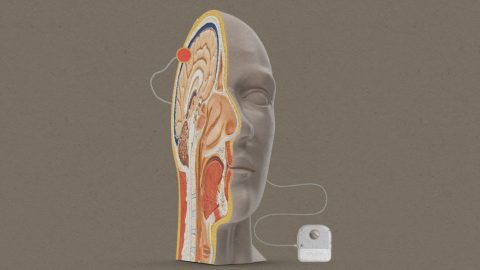
AI could make these kinds of jumps in accessibility more common across a wide range of technologies. But you probably haven’t heard much about that possibility. While the New York Times sues OpenAI over ChatGPT’s scraping of its content and everyone ruminates over the ethics of AI tools, there seems to be less consideration of the good ChatGPT can do for people of various abilities. For someone with visual and motor delays, using ChatGPT to do research can be a lifesaver. Instead of trying to manage a dozen browser tabs with Google searches and other pertinent information, you can have ChatGPT collate everything into one space. Likewise, it’s highly plausible that artists who can’t draw in the conventional manner could use voice prompts to have Midjourney or Adobe Firefly create what they’re thinking of. That might be the only way for such a person to indulge an artistic passion.
For those who, like me, are blind or have low vision, the ability to summon a ride on demand and go anywhere without imposing on anyone else for help is a huge deal.
Of course, data needs to be vetted for accuracy and gathered with permission—there are ample reasons to be wary of AI’s potential to serve up wrong or potentially harmful, ableist information about the disabled community. Still, it feels unappreciated (and underreported) that AI-based software can truly be an assistive technology, enabling people to do things they otherwise would be excluded from. AI could give a disabled person agency and autonomy. That’s the whole point of accessibility—freeing people in a society not designed for their needs.
The ability to automatically generate video captions and image descriptions provides additional examples of how automation can make computers and productivity technology more accessible. And more broadly, it’s hard not to be enthused about ever-burgeoning technologies like autonomous vehicles. Most tech journalists and other industry watchers are interested in self-driving cars for the sheer novelty, but the reality is the AI software behind vehicles like Waymo’s fleet of Jaguar SUVs is quite literally enabling many in the disability community to exert more agency over their transport. For those who, like me, are blind or have low vision, the ability to summon a ride on demand and go anywhere without imposing on anyone else for help is a huge deal. It’s not hard to envision a future in which, as the technology matures, autonomous vehicles are normalized to the point where blind people could buy their own cars.








Recent Comments